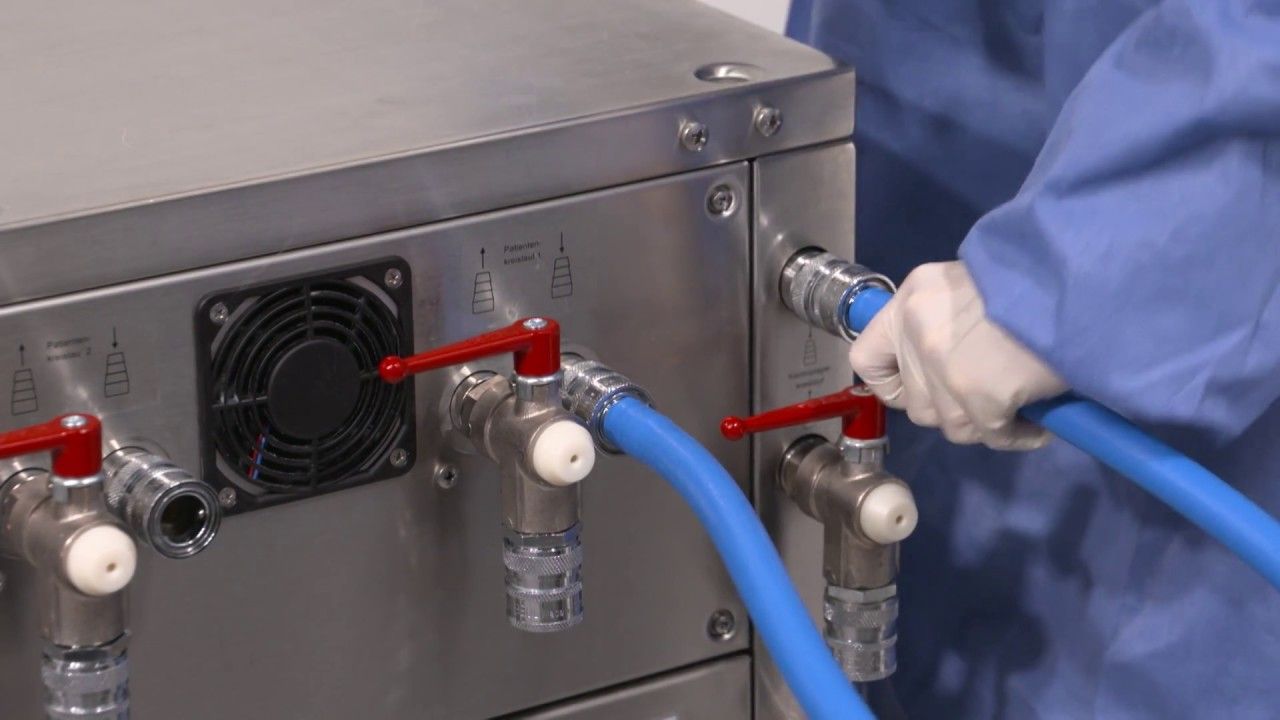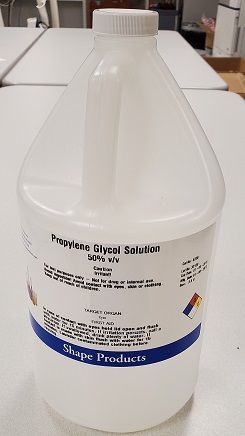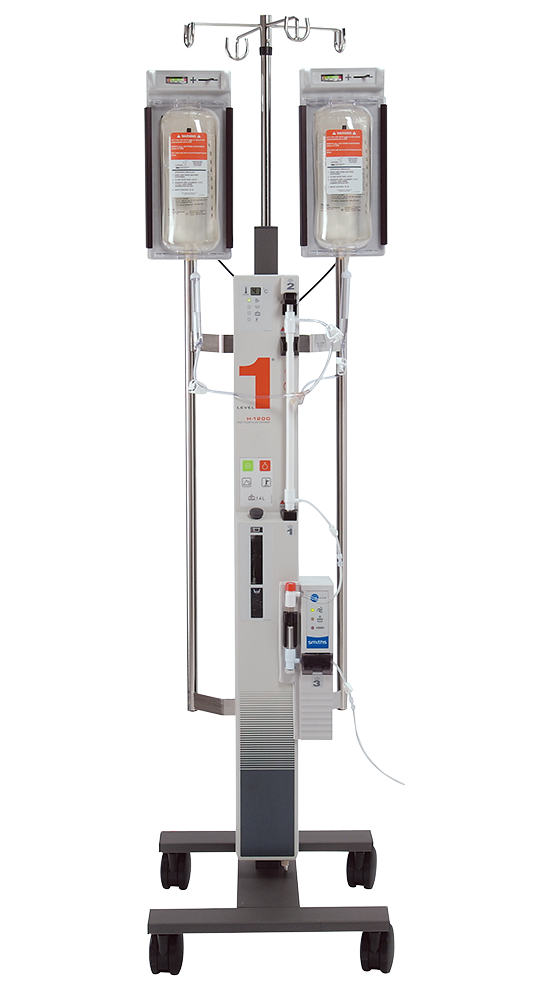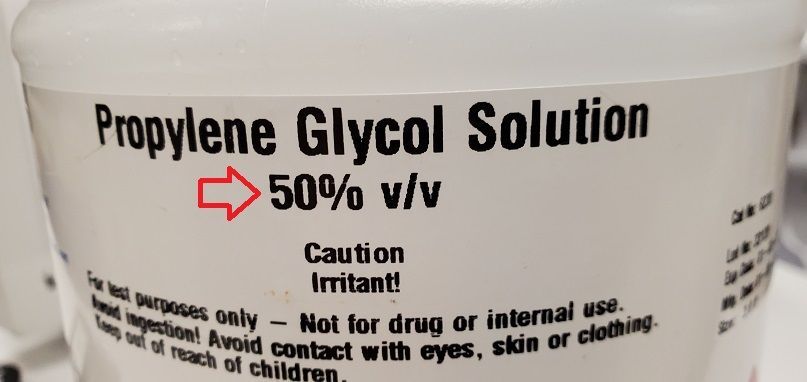
Propylene Glycol and Medical Equipment
Justin Barbour, MedWrench guru and Better Biomed, gives his monthly tip on propylene glycol and medical equipment.
Mon Aug 16 2021


 Propylene Glycol is a substance that can be found in most biomed shops. It is very similar to ethylene glycol which you know as common antifreeze. It is colorless and has a slight sweet taste but that has nothing to do with its application in medical equipment.
Propylene Glycol is a substance that can be found in most biomed shops. It is very similar to ethylene glycol which you know as common antifreeze. It is colorless and has a slight sweet taste but that has nothing to do with its application in medical equipment.
One of the main uses for propylene glycol is to stop galvanic corrosion (or rust). Whenever two different types metals are in contact with an electrolyte (usually water), they become polarized like in a battery. One metal tends to become the anode and the other the cathode. Electrons move from one metal to the other and the anode tends to wear away with corrosion. In cars there’s often aluminum heads or engine block with steel fasteners, springs, valves etc and this is all cooled with a liquid cooling system. Antifreeze minimizes galvanic corrosion in cars and propylene glycol does the same for medical equipment – specifically devices that use water as a heating and cooling medium.
 The other main use for Propylene glycol is a bactericidal agent. Adding propylene glycol to a water reservoir inhibits growth of fungus and bacteria. Many medical devices rely on water as a heating and cooling medium. When water is sealed away from sunlight and has constant movement most growth is limited but medical equipment is often stored in well lit areas for periods of time awaiting use. There are several chemicals that can be added to water to stop growth but they are toxic like chlorine or they break down quickly like hydrogen peroxide. Propylene glycol is one of the least harmful chemicals we can use in a patient care environment.
The other main use for Propylene glycol is a bactericidal agent. Adding propylene glycol to a water reservoir inhibits growth of fungus and bacteria. Many medical devices rely on water as a heating and cooling medium. When water is sealed away from sunlight and has constant movement most growth is limited but medical equipment is often stored in well lit areas for periods of time awaiting use. There are several chemicals that can be added to water to stop growth but they are toxic like chlorine or they break down quickly like hydrogen peroxide. Propylene glycol is one of the least harmful chemicals we can use in a patient care environment.
There are some precautions you should be aware of when working with Propylene Glycol:
The mixture percentage of the product from the supplier vs the recommended concentration by the Original Equipment Manufacturer. Propylene glycol is almost always mixed from the factory. The percentage is marked on the bottle. 50% V/V means that it’s already mixed at 50% propylene glycol to 50% distilled water Volume / Volume. If a OEM requests a 50% glycol mixture for their device, do not mix a 50% V/V solution with a half reservoir of water. That concentration is too weak for the device.

Expiration dates. Just like any chemical that is used for disinfecting, propylene glycol has a shelf life. If your shop has a stock of glycol on hand, monitor your expiration dates and rotate existing stock.

Propylene glycol is a safe chemical that has many uses. Read your service manual to see if you should be adding it to your water handling medical devices or call the OEM to see if they mind you adding it as an extra layer of protection against corrosion and growth.
-Justin Barbour
Better Biomed YouTube Channel
